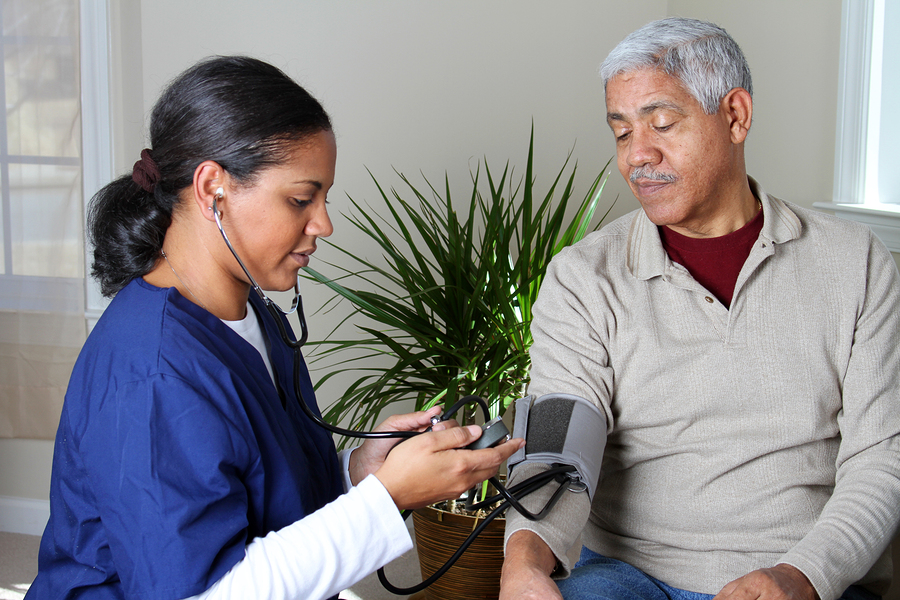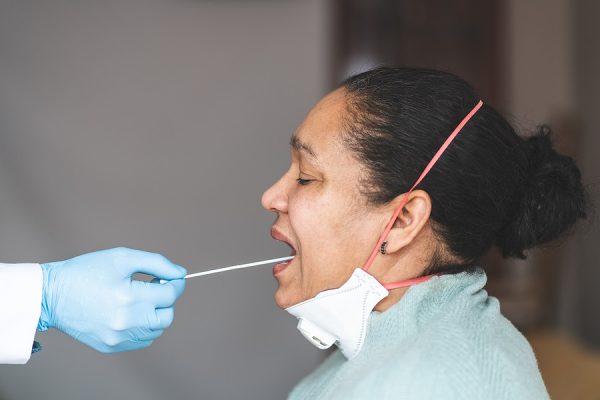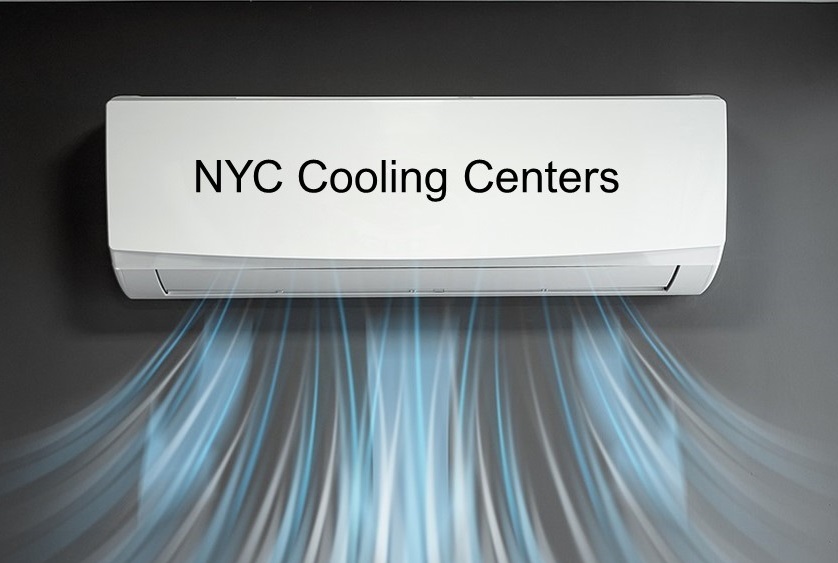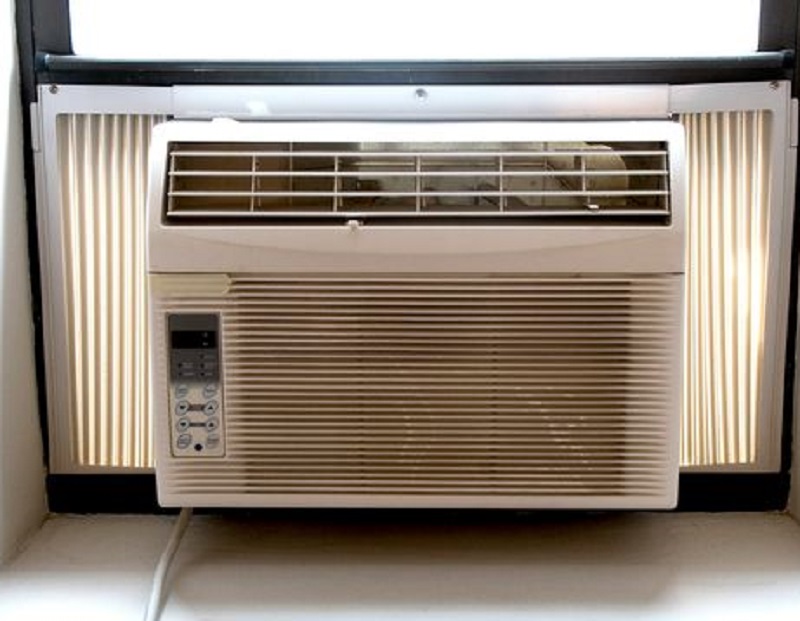What is Psoriasis?
Psoriasis is a non-contagious chronic disease that causes rough, raised patches on the skin. It is an autoimmune disease, which means it is caused by the immune system. People suffering from psoriasis develop an overabundance of skin cells, which causes build-up. Symptoms can include:
- Itching, burning, or stinging
- Red patches of skin
- Cracked or scaly skin
- Stiff or swollen joints
- Abnormal nail growth (including pitted, ridged, thick, or discolored nails)
Psoriasis can appear on any part of the body, but most commonly appears on the scalp, elbows and knees. If you are experiencing any symptoms of psoriasis, visit your primary doctor or a dermatologist. Over-the-counter products will not cause psoriasis symptoms to disappear, so it is important to speak with your physician.
Types of Psoriasis
There are several different types of psoriasis.
Plaque Psoriasis, which is the most common type, is distinguished by the swollen red patches that appear on the skin. The patches are often covered with dead skin cells, causing it to have a white, scaly appearance. It most often appears on the outside of the knees and elbows, the scalp, face, lower back, palms, and feet soles.
Guttate Psoriasis is most common in kids and young adults, but it can still flair up later on in life. It causes small, red dots to appear on the skin that can appear by the hundreds. It flairs up most often on the torso, arms and legs, but can also appear on the scalp, face, and ears. Guttate can be triggered by infections, certain drugs, skin injuries, or stress, and can occur simultaneously to other forms of psoriasis.
Inverse (or Intertriginous) Psoriasis symptoms can also occur at the same time as other psoriasis symptoms. Unlike other forms of psoriasis, inverse psoriasis symptoms include red patches on the skin that are smooth and shiny. They appear in body folds, like in the armpits, the groin, below breasts, and skin folds. Because of the constant rubbing and sweating, the patches tend to be extremely sensitive and irritated.
Pustular Psoriasis causes small, white, pus-filled blisters to appear surrounded by red skin. It can be triggered by a number of causes, including medications, UV light, outside irritants, infections, and stress.
Erythrodermic psoriasis is the most uncommon form of psoriasis. Symptoms include widespread redness and shedding on the body, skin appearing burned, severe pain and itching, increases and decreases in body temperature. Erythrodermic psoriasis can be fatal, and can be triggered by sun burn, medications, infections, steroid usage, alcoholism, and stress. If you or someone you know are showing any symptoms get medical help immediately.



















